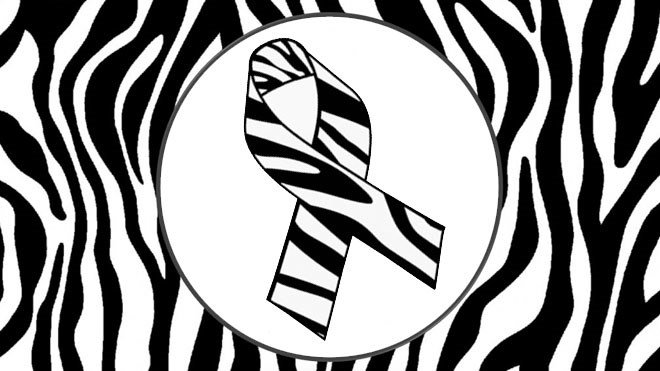Most people think famed Apple CEO Steve Jobs died of pancreatic cancer. In fact, the guru of digital culture was felled by a rare and difficult to diagnose cancer called carcinoid neuroendocrine tumours (CNET).
Today, Nov. 10, just happens to be CNET Awareness Day for the estimated 12,000 to 15,000 Canadians living with the disease.
The Carcinoid Neuroendocrine Tumour Society Canada estimated the condition is underdiagnosed and/or misdiagnosed 90 per cent of the time.
It’s not difficult to see why the belief Jobs had pancreatic cancer exists, given the nature of CNET. Symptoms as varied as heart palpitations, edema (swelling), diarrhea, abdominal cramps and flushing of the skin.
Jobs’ cancer originated in the islets of cells in the pancreas that produce insulin and other hormones, but was not pancreatic cancer. The challenge for doctors is CNET symptoms can mimic other diseases, and can occur in any part of the body where there are neuroendocrine cells: the digestive tract, pancreas, thyroid, adrenal and pituitary glands, the ovaries and testes. Often tumours are not diagnosed until they've grown so large they affect normal bodily functions.
The slow-growing tumours produced by the condition can be active for decades before becoming noticeable, the society said in a news release.
Compounding the challenge of diagnosing CNET is the fact the tumours can be difficult to spot and there is no screening test. Often, CNET is caught incidentally during ultrasound or CT screening for something else.
Because of its rarity (CNET represents one per cent of all cancers), the society said treatment for the condition is limited to centres with extensive cancer expertise, naming Ontario's London Health Sciences Centre, Calgary's Tom Baker Cancer Centre and Edmonton's Cross Cancer Institute.
OK, so about that zebra. The society uses the zebra as its mascot because, cnetscanada.org said, medical students are taught when hearing hoofbeats to think of horses, not zebras. But neuroendocrine tumours are rare — and therefore, should be considered as zebras.
Join Sudbury.com+
- Messages
- Post a Listing
- Your Listings
- Your Profile
- Your Subscriptions
- Your Likes
- Your Business
- Support Local News
- Payment History
Sudbury.com+ members
Already a +member?
Not a +member?
Sign up for a Sudbury.com+ account for instant access to upcoming contests, local offers, auctions and so much more.
